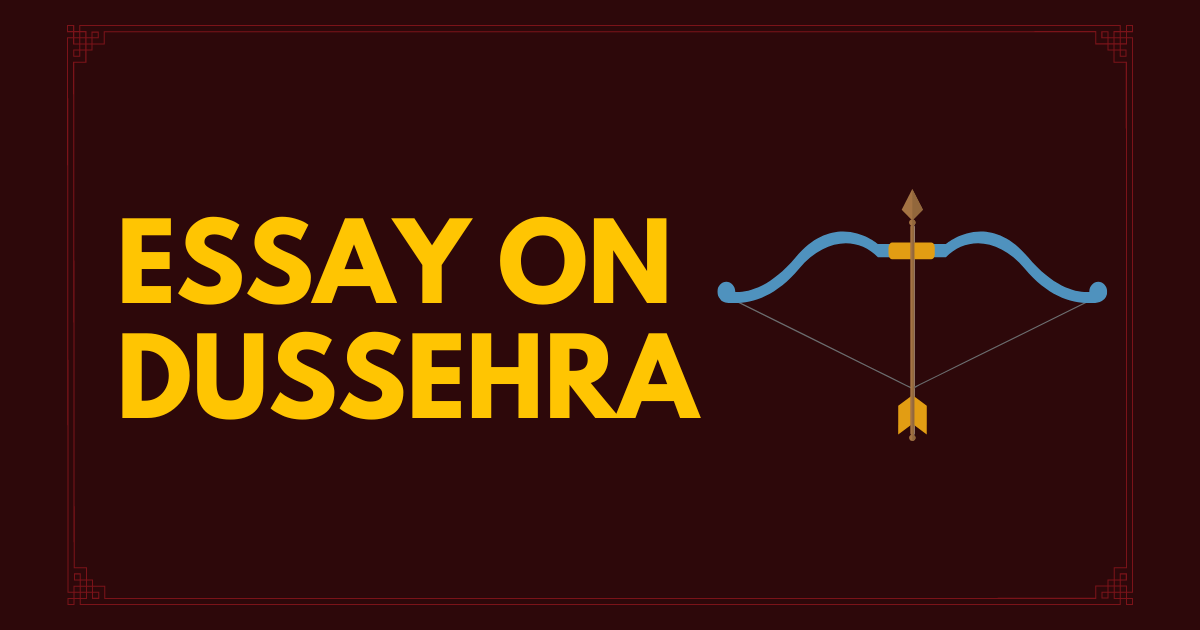Dussehra is a Hindu festival that celebrates the triumph of good over evil. This essay on Dussehra provides an in-depth analysis of the cultural and religious significance of the festival and its celebrations. From the burning of effigies to grand processions, music, dance and religious ceremonies, this essay covers all aspects of the festival. Get a deeper understanding of the importance of Dussehra in Indian culture and its impact on the lives of millions of people. Read now and experience the joy and celebration of this auspicious day.
Dussehra is a Hindu festival celebrated on the tenth day of the Hindu month of Ashwin each year. It is a day that celebrates the victory of good over evil. The festival, also known as Vijayadashami and Dasara, is celebrated with great zeal and enthusiasm throughout India.
In Hindu mythology, the festival has profound cultural and religious significance. On the day of Dussehra, Lord Rama defeated the demon king Ravana, who had abducted his wife Sita, according to Hindu mythology. On this day, effigies of Ravana are burned in many parts of India to commemorate this victory. The burning of these effigies represents the triumph of good over evil, as well as hope and renewal.
Dussehra is also celebrated with religious ceremonies, fairs, and traditional dances and music, in addition to the burning of effigies. Dussehra is celebrated as a ten-day festival in many parts of India, during which people visit temples, participate in religious rituals, and attend cultural programmes. On the occasion of Dussehra, families and friends gather to share sweets and feast.
In the southern state of Karnataka, the festival is also a time of great celebration in the city of Mysore. A grand procession through the streets of the city transports a statue of the goddess Chamundeshwari. Thousands of people attend the procession, which is accompanied by traditional music and dance.
In conclusion, Dussehra is a significant Hindu holiday that is deeply significant to Indian culture and religion. It is marked with considerable zeal and enthusiasm as a celebration of the triumph of good over evil. The event, which is celebrated with traditional music, dancing, and religious rituals, is a significant component of the nation’s rich cultural legacy. This day is a time of great celebration and rebirth because families and friends get together to share the happiness and joy of the festival.

